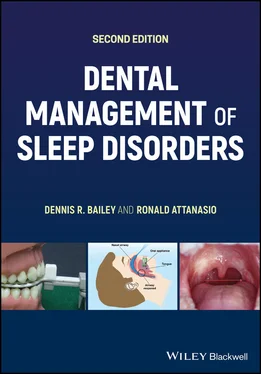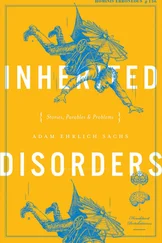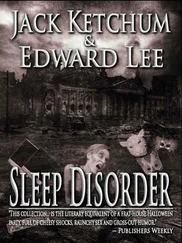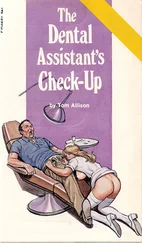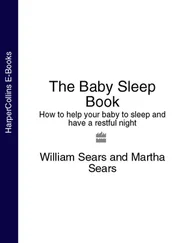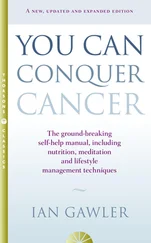Restless legs syndrome (RLS or Willis–Ekbom disease)
This is a clinical diagnosis associated with the need to move the legs and associated with various sensations and is termed a sensorimotor disorder. Typically this may interfere with being comfortable and also being able to initiate sleep. There may be a familial pattern and is more common among women and during pregnancy.
Periodic limb movement disorder (PLMs or PLMD)
Periodic limb movements occur during sleep and involve mostly the legs. They are associated with arousals that can occur anytime during sleep. There may be a relationship with RLS. Low iron levels in the brain that are described as low serum ferritin levels are common. PLMs are most common during N2 sleep and are associated with dopamine deficiency. When present the need to evaluate for other sleep disorders like narcolepsy and the SRBD is recommended.
Sleep‐related bruxism
This is a condition that the dentist is very familiar with and is accustomed to managing. In the context of sleep disorders this is potentially related to other sleep disorders such as a SRBD or even RBD. This is related to rhythmic masticatory muscle activity (RMMA), to arousals, and occurs mainly during N2 sleep. The important consideration is that this may not be a single entity and other aspects of sleep and sleep disorders need to be considered.
Sleep‐related movement disorder due to a medical disorder
This refers to movements during sleep that are disruptive to sleep, may be neurologic in nature, and do not conform to other movement disorders.
Sleep‐related movement disorder due to a medication or substance
This is a movement disorder that is related to the use of a substance and cannot be classified as one of the other movement disorders.
Under the category of isolated symptoms and normal variants, the one of most interest is titled sleep starts, also termed hypnic jerks. There is no known cause or mechanism for these and are typically associated with sleep onset. This may be related to some disturbance in sensory processing during the wake–sleep transition.
Appendix A: Sleep‐Related Medical and Neurological Disorders
Many of these disorders are oftentimes associated with other previously mentioned sleep disorders and are recognized during the evaluation of other sleep disorders. As such they do not have an associated or specific ICD‐10‐CM code. The ones that the dentist may potentially encounter are the following:
Sleep‐related headaches
Headaches may be associated with other sleep disorders and should be evaluated as such. In addition the headache may be associated with sleep disruption and even insomnia.
Sleep‐related gastroesophageal reflux
The presence of acid reflux may be related to sleep disruption, arousals, daytime sleepiness, short sleep duration, and insomnia. It is also common in people with the SRBD. It is considered a factor in the prevalence of asthma.
Appendix B: Coding for Substance‐Induced Sleep Disorders
Within this group of disorders attention is given to substances that may induce a sleep disorder. These include alcohol, opioids, sedatives, cocaine, other stimulants, such as amphetamines and caffeine, and other psychoactive substances. There is also some reference to cannabis and nicotine. Many times these sleep disorders do not have specific coding and must rely on codes that are termed unspecified or other.
As can be seen there are numerous sleep disorders that patients may be at risk for. The practicing dentist, especially those involved in sleep medicine, may find it beneficial to be knowledgeable of symptoms that may indicate the risk for one of these sleep disorders, keeping in mind that in many instances patients do not typically have only one sleep disorder. It is neither necessary nor is it appropriate for the dentist to determine which specific sleep disorder may be present. It is, however, helpful if the dentist is able to recognize the symptoms and signs indicting the presence of being at risk and then facilitating the most appropriate referral.
1 1 American Academy of Sleep Medicine (2014). The International Classification of Sleep Disorders (ICSD3), 3e. Darien, IL: American Academy of Sleep Medicine.
2 2 Roffwarg, H.P., Chairman, and Association of Sleep Disorders Centers (1979). Diagnostic classification of sleep and arousal disorders. Prepared by the sleep disorders classification committee. Sleep 2: 1–137.
3 3 International Classification of Diseases. ICD‐10‐CM. www.cms.gov/ICD10.
4 4 American Psychiatric Association (2013). Diagnostic and Statistical Manual of Mental Disorders (DSM‐5).
5 5 World Health Organization. International Classification of Diseases (ICD). apps.who.int/classifications/icd10.
6 6 Diagnostic Classification Steering Committee of the American Sleep Disorders Association (1990). International classification of sleep disorders. In: Diagnostic and Coding Manual. Rochester, MN: American Academy of Sleep Medicine.
7 7 Akram, U. (2020). Letter to the editor: a patient's view on reclassifying idiopathic hypersomnia to narcolepsy type‐3. Sleep 1–2.
Конец ознакомительного фрагмента.
Текст предоставлен ООО «ЛитРес».
Прочитайте эту книгу целиком, купив полную легальную версию на ЛитРес.
Безопасно оплатить книгу можно банковской картой Visa, MasterCard, Maestro, со счета мобильного телефона, с платежного терминала, в салоне МТС или Связной, через PayPal, WebMoney, Яндекс.Деньги, QIWI Кошелек, бонусными картами или другим удобным Вам способом.
